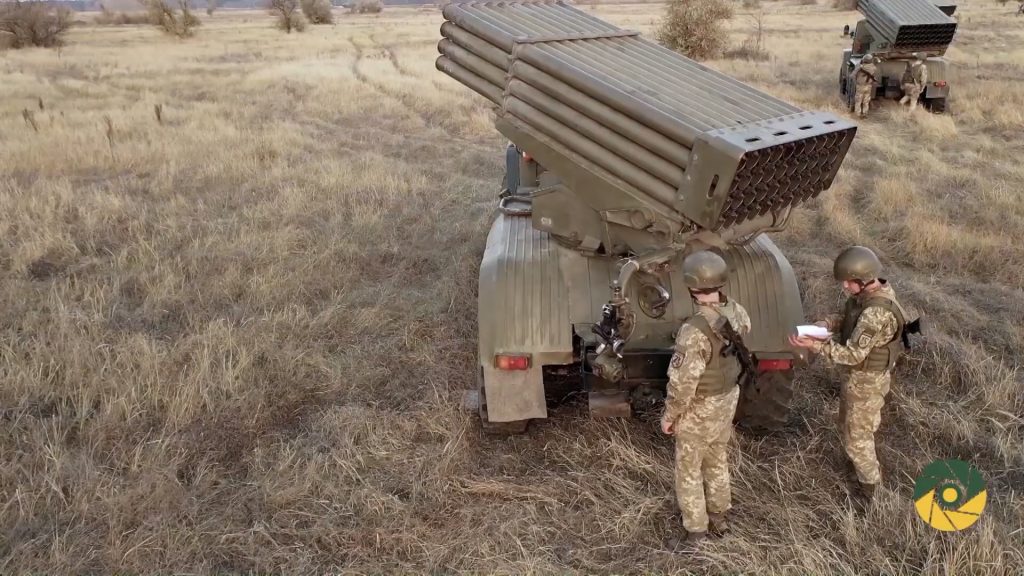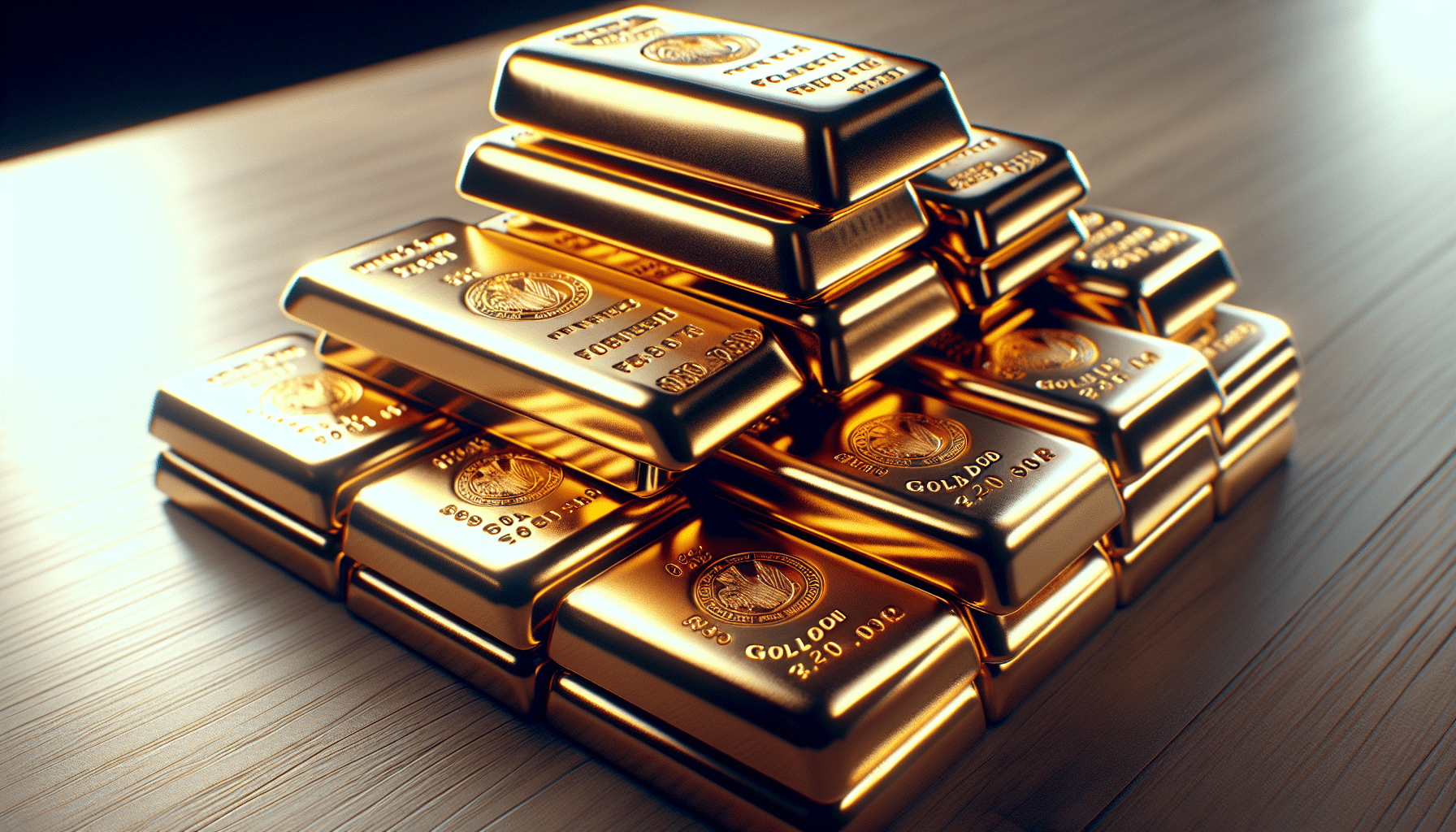Trading a Potential Russian Invasion of Ukraine
Russia and Ukraine have technically been at war since 2014, but tensions on their shared border have risen sharply recently, with reports from the region suggesting that a full-scale war could erupt at any minute.

Last year, Luckbox suggested that the onset of a full-scale war in Eastern Europe could be the next black swan for the financial markets. And as of late January, a full-blown clash involving Russia and neighboring Ukraine is looking more like an eventuality, than a distant possibility.
Whether that conflict ultimately creates a black swan in the markets is still anyone’s guess.
Critically, President of the United States, Joe Biden, stated on Jan. 19 that he expects Russia will invade Ukraine at some point in the near future. Time will tell if that expectation comes to pass, but in its own right, that’s a DEFCON-1-type announcement.
As a reminder, a full-scale invasion of Ukraine by the Russian military wouldn’t represent the start of a new war, because the so-called “Russo-Ukrainian War” actually started back in 2014, when Russia first annexed the Ukrainian region known as “Crimea.”
However, such a move would represent an incredibly dangerous escalation of hostilities. And like any large military conflict, it’s almost impossible to predict how future events might domino if a full-scale war breaks out.
What is certain is that the eruption of full-blown hostilities would quickly force many other nations in the world to take sides—a reshuffling of the geopolitical landscape that could be tectonic in its own right.
Obviously, any further loss of life associated with this ongoing conflict is at the top of the list of grave concerns. It’s estimated that the Russo-Ukrainian War has already claimed more than 10,000 people.
Unfortunately, strategizing on global military warfare falls outside the scope of this article. Instead, the balance of this post focuses on the global financial markets, and how a full-scale invasion of Ukraine by the Russian military might affect the financial world, and some niches within it.
Impact on Global Stock Markets
If Russia conducts a full-scale invasion of Ukraine, as many now expect, that would almost certainly push down global stock market valuations. The most severe selloffs would likely occur in Russia and Ukraine, and any neighboring countries viewed as most likely to suffer collateral damage.
This assertion is backed up by historical market data, which demonstrates that large-scale military conflicts can be a catalyst for market corrections. However, the data also shows that over time, stock markets tend to recover and move higher.
One question at this time is whether a potential Russian invasion of Ukraine would be viewed as a “surprise” by the markets. That’s because a 2011 study conducted by the Swiss Finance Institute showed that markets tend to correct more sharply when the onset of war takes market participants by surprise.
However, beyond the severity of the initial selloff, the “surprise” factor doesn’t play a big role in the overall nature of conflict-related corrections/rebounds.
Based on a comprehensive study conducted by Mark Armbruster, historical returns in the stock market have actually been higher during the periods that encompass large-scale military conflicts, as compared to an “average” year, as illustrated in the chart below.
Source: CFA Institute, Mark Armbruster
Historical returns are by no means a guarantee of future performance, but the above data should help put the possibility of war in Eastern Europe in better perspective—in terms of long-term potential impact on global indices.
Separate, independent research on this same topic appears to validate the aforementioned findings, demonstrating that in the build-up to war, stock valuations tend to slide, but that markets tend to rebound during and after the conflict.
Impact on Market Volatility
Surprisingly, those same studies on large-scale military conflicts also found that market volatility actually tends to decline during large-scale military conflicts.
In general, historical data has demonstrated that on average, market volatility tends to be lower during periods of war, as compared to a “normal” year.
That said, the CBOE Volatility Index (VIX) would undoubtedly respond to any sharp corrections in global indices. And if an escalation in hostilities does occur, and there are additional “surprises” down the road, that could also trigger further upside in the VIX.
Impact on the Energy Sector
One area of the financial markets viewed as highly sensitive to developments in Eastern Europe is the energy sector. And that’s largely due to the fact that Russia is such a heavyweight in global energy markets.
In absolute terms, Russia is among the top global producers of crude oil and natural gas and plays a big role in associated export markets. Russia is actually a top-3 global producer of both crude oil and natural gas.
As a result of those market realities, it’s almost assured that energy commodities would move higher on news of an expanded conflict between Russia and Ukraine. Much like when large-scale conflicts have broken out in the Middle East—another key region in the global energy supply chain.
Prices for energy commodities like crude oil and natural gas would likely tick higher on fears that Russia might use it’s export power as a bargaining chip. It’s also possible that some countries might choose to boycott Russian energy exports, in hopes of inflicting economic pain on the country.
However, boycotts ultimately crimp supply, which in turn usually results in higher prices.
Europe’s strong reliance on Russian energy exports will undoubtedly play a big role in that region’s ability to respond to any escalation of hostilities—whether that be a diplomatic response, or a military one.
The United States has become largely energy independent in recent years, which means any strong-arm tactics used by Russia to achieve their goals using leverage in the energy markets wouldn’t extend across the Atlantic.
Notably, crude oil prices have already ripped higher in recent weeks, and recently notched a 7-year high.
Since Dec. 1, crude oil has rallied roughly 30%, rising from about $65/barrel, all the way above $85/barrel. At least a portion of that rally has to be attributed to rising tensions on the shared border between Russia and Ukraine.
Impact on Currency Markets
The Russian ruble has dropped near all-time lows in recent weeks on fears that Russia will indeed order a full-scale invasion of Ukraine.
And if a full-scale war does erupt, it’s almost certain that the ruble will lose additional value.
Source: Yahoo!Finance
Currently, the Dollar/Ruble exchange rate is trading around 77, and has ranged between roughly 55 and 81 during the last five years.
Exchange rates are typically quoted using the format “ABC/DEF,” and are interpreted to mean that the first currency listed is a single unit, while the exchange rate itself represents the amount of the second currency that is required to purchase a single unit of the first currency.
The ruble depreciated sharply against the dollar back in 2014, when Russia first annexed Crimea from Ukraine. Before that event, the ruble traded closer to 35 rubles per dollar. It has proceeded to lose significantly more value against the dollar since that time, as evidenced by the current 70+ exchange rate.
Diplomats from the U.S. are said to have communicated to Russian leaders that a full-scale invasion of Ukraine would be met with a series of stiff economic sanctions from the U.S. Sanctions that would undoubtedly weaken an already beleaguered Russian economy.
Weakness in the ruble has therefore been attributed to those potential sanctions, as well as any other punitive measures instituted by other countries/regions, such as Great Britain, the European Union and/or Australia.
China imports a heavy percentage of its daily energy needs (60%)—much of it from Russia—which means that particular country might find itself sitting on the sidelines during the conflict.
If war does break out, investors and traders may also want to monitor the Swiss franc, as it could benefit from rising geopolitical uncertainty due to its traditional status as a safe haven currency.
Government Bonds and Other Safe Havens
When geopolitical or economic uncertainty strikes, global investors and traders have traditionally scooped up safe-haven investment vehicles such as government bonds (i.e. U.S. Treasuries) or precious metals (i.e. gold and silver).
All-out war in Eastern Europe could therefore trigger a stampede for such products in 2022. And that development might actually help unwind a recent surge in the yields of many government bonds.
However, there’s no telling how long traditional safe havens might remain bid. It would depend heavily on the degree to which Russia and Ukraine intensify their conflict, the response from other countries, and the war’s ultimate impact on the global economy.
Regardless, traditional safe havens like government bonds and precious metals certainly have to be monitored and considered, should a full-scale conflict emerge. Liquid cash (dollars, euros, etc…) is another popular place to park capital during periods of heightened uncertainty.
For more background on the Russo-Ukrainian War, readers can review this previous Luckbox article. To learn more about trading government bonds (and associated yields), this new installment of Splash Into Futures on the tastytrade financial network is also highly recommended.
To follow everything moving the financial markets in 2022, readers can also tune into TASTYTRADE LIVE—weekdays from 7 a.m. to 4 p.m. CST—at their convenience.
Sage Anderson is a pseudonym. He’s an experienced trader of equity derivatives and has managed volatility-based portfolios as a former prop trading firm employee. He’s not an employee of Luckbox, tastytrade or any affiliated companies. Readers can direct questions about this blog or other trading-related subjects, to support@luckboxmagazine.com.



















